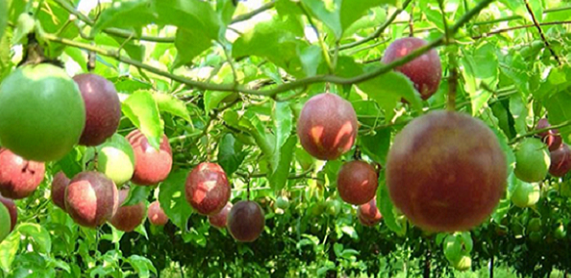AGRIBUSINESS
New key driver of Vietnam’s economic growth, with rice, vegetables and fruits in the spotlight Value-add has been greatly enhanced and export prices improved substantially.
Overview
Agriculture continues to play a considerable role in the national economy, despite its shrinking portion in GDP (11.9% in 2022; 14.9% in 2020, and 18.1% in 2015, compared to 16.1% in 2014), which is totally understandable in Vietnam’s transition to a market economy where services dominate in economic weight. Vietnam’s strength in agriculture is built upon a large rural base agribusiness labor (14.1 mil people accounting for 27.1% of the workforce and 14.2% of the population (2022).

Sector drivers
Besides production to satisfy [increasing] domestic demand, Vietnam is also playing a larger part in the agricultural export markets. Opportunities are abundant at all levels of the value chain as levels of production continue to improve by ways of intensive farming and advanced technologies.
Vietnam’s agriculture is export-focused and dominant exported goods include rice, coffee, rubber, cashew, black pepper, and seafood. Over the past 15 years, Vietnam has significantly increased yield in rice production and it has constantly been the second largest rice exporter in the world. In more recent years, aquaculture and fruit farming have grown markedly and are export-oriented as well. Meanwhile, as purchasing power and consumer awareness are improving, the domestic market becomes more and more interesting. Surging domestic consumption combined with increasing demand for high-value products has also pushed up imports of agricultural produce into Vietnam with meat and meat products enjoying the highest growth, followed by rubber, animal feed and feed grain, sugar, and cotton.
However, the greatest dynamics of the agribusiness sector come from rice and vegy-fruits. In 2022, rice production area expanded by almost 6% from the previous year while output grew by 7.6%, simultaneously inferring an enhanced yield. Notably in the first 4 months of 2023, rice export prices have increased by 7.5% on average, outperforming Thai and Indian rice by a matter of 20% in value. Next driver of agribusiness comes from the vegy-fruits segment, which witnessed an increase of export value of 11.8% in 2022 and 19.6% in 4M2023, benefiting greatly from the EVFTA.
Areas of business opportunities
Vietnam is characterized by a certain extent of geographical specialization with specific crops/ products concentrated in specific parts of the country such as:
- Aquaculture, rice and various fruits in Mekong River Delta (Southwest)
- Coffee, black pepper, cacao, and passion fruit in Central Highlands
- Vegetables and flowers in Lam Dong Province (Central Highlands) and Red River Delta (North).
- Tea in the Northern Mountains and Lam Dong Province (Central Highlands) with different tastes for each region
- Rubber in the Southeast (notably Dong Nai and Tay Ninh provinces)
- Cow milk/ Dairy in the Northwest and North Central
- Pig farming in Dong Nai, Binh Phuoc, Bac Giang and Thanh Hoa provinces and Hanoi suburbs.
Send Us an Inquiry or RFP
B17-16, Sunrise City View, 33 Nguyen Huu Tho St., Dist. 7, Ho Chi Minh City, Vietnam
2/F Helios Tower A, 75 Tam Trinh St., Hoang Mai Dist., Hanoi, Vietnam
+84 775 121 131